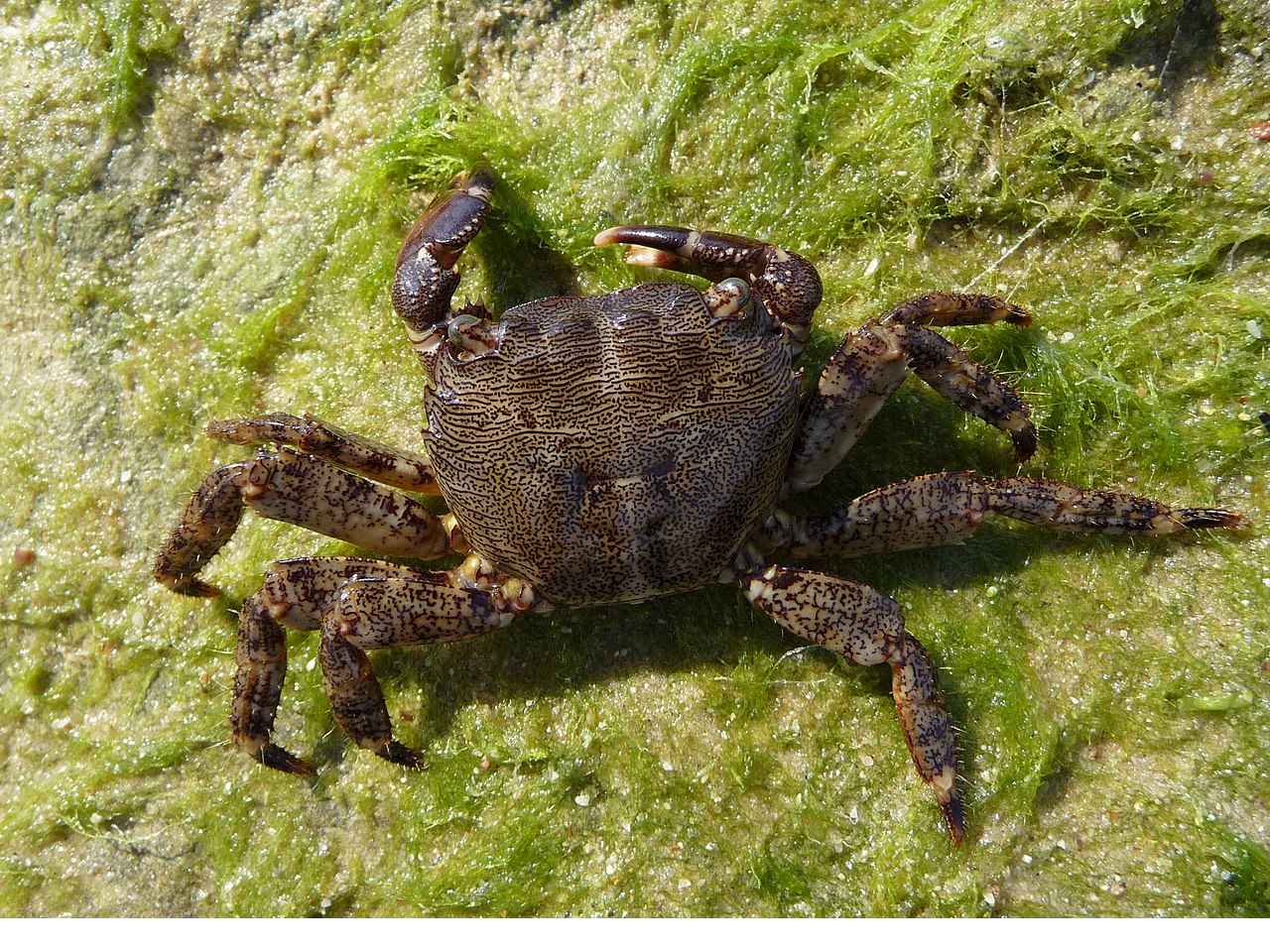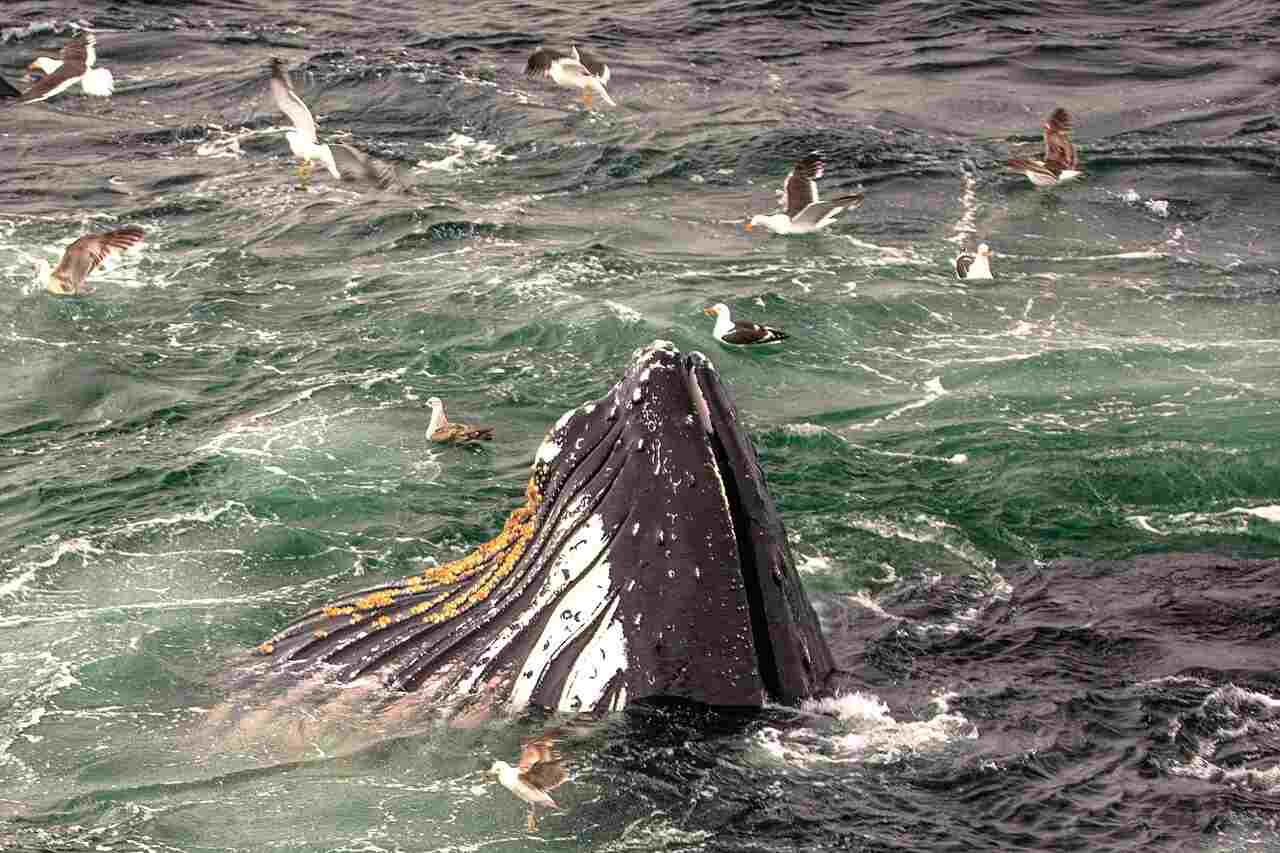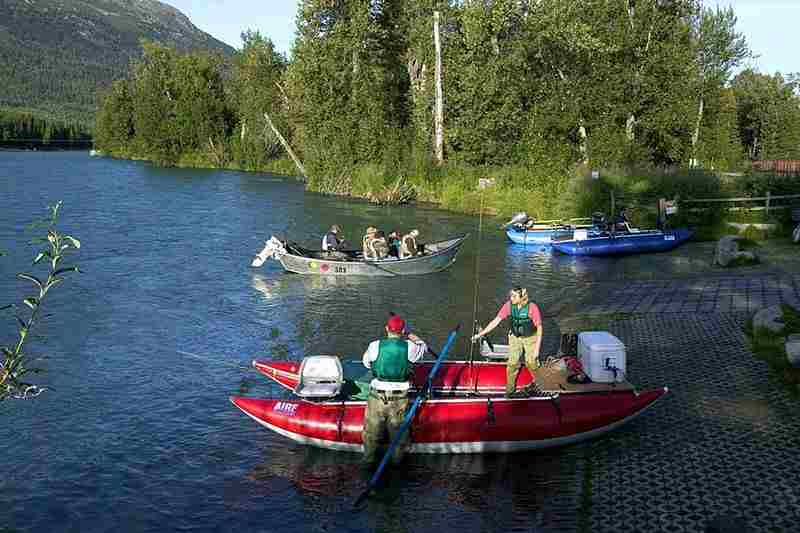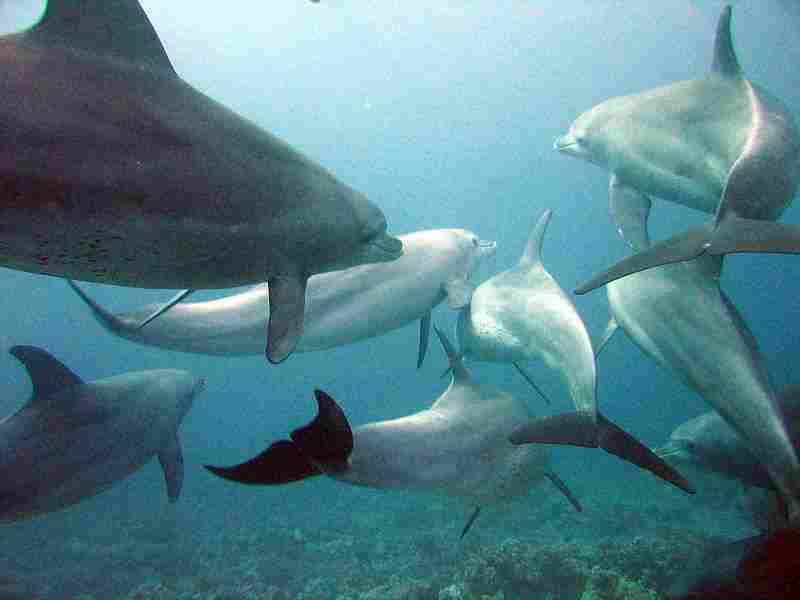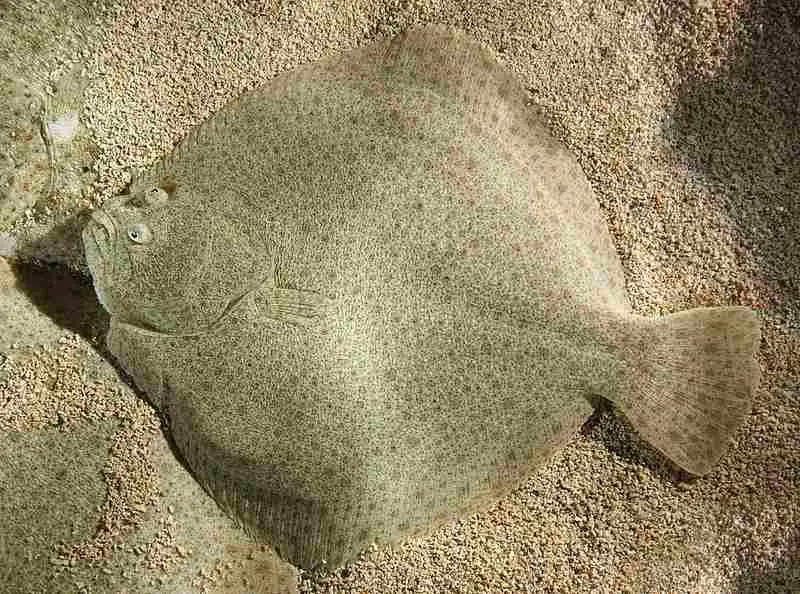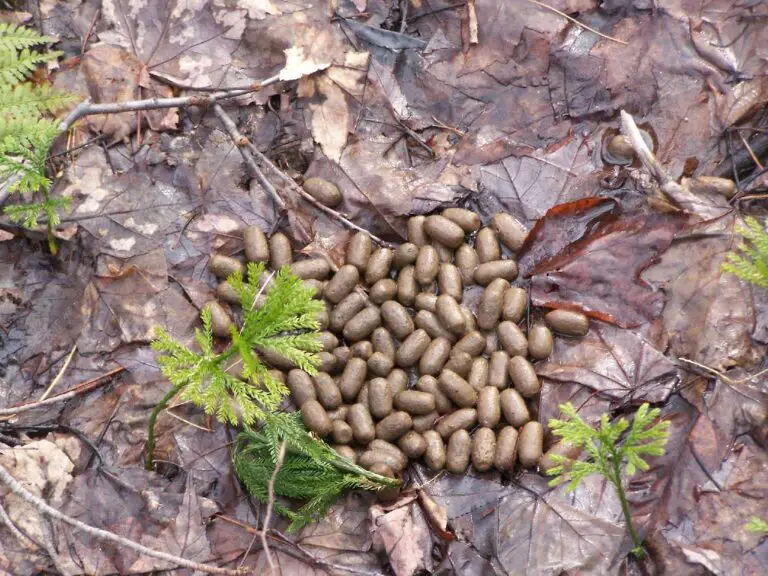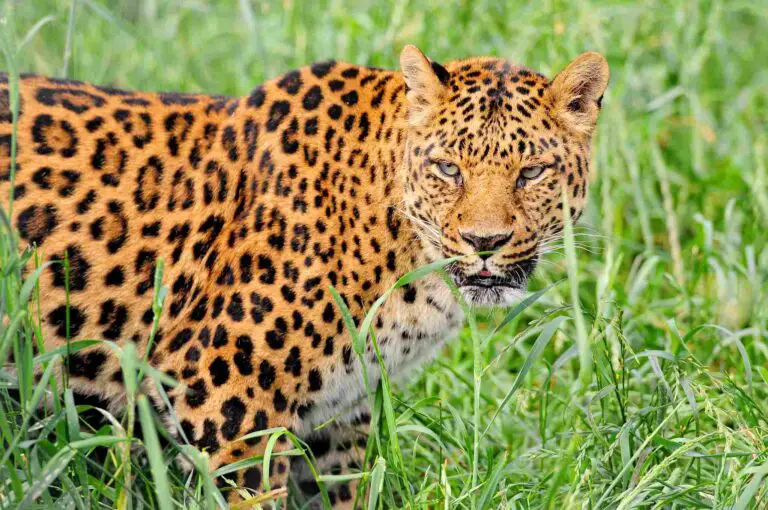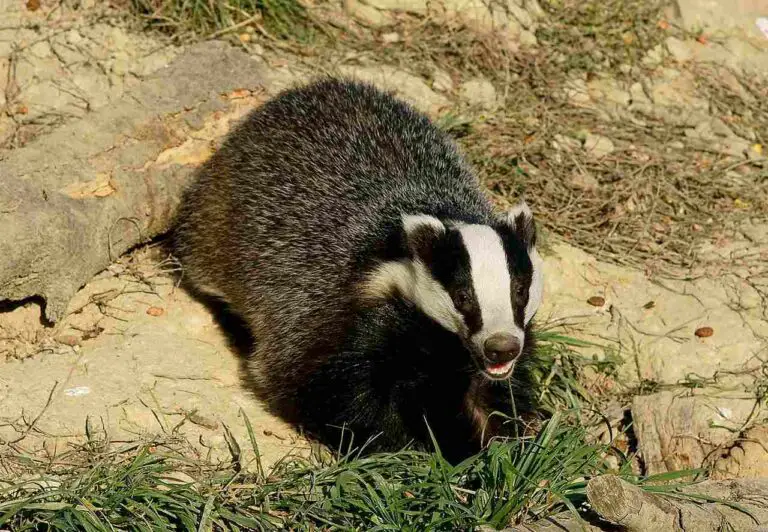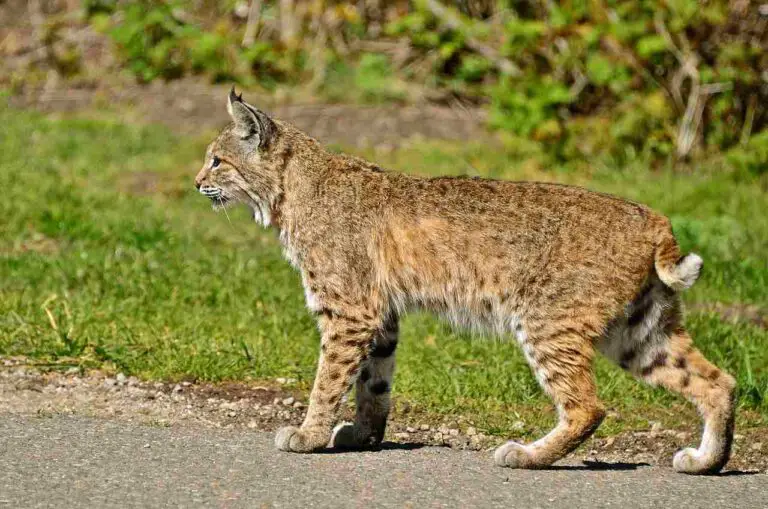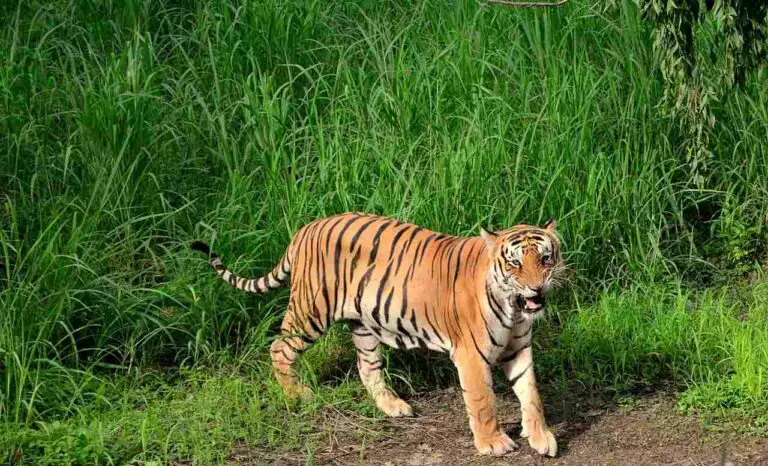15+ Detritivores In The Ocean Ecosystem Discussed
Examples of detritivores in the ocean ecosystem are lobsters, hermit crabs, and krill, which feed on decaying organic matter and contribute to nutrient cycling. Sand dollars and barnacles also play a role in nutrient recycling, with sand dollars feeding within sediment and barnacles filtering plankton from the water. Flatworms control populations of small marine organisms, while horseshoe crabs play a key role in coastal sediment stability and nutrient recycling. These organisms are vital for maintaining the health and balance of marine ecosystems.
1. Sea Cucumber
Sea cucumbers are echinoderms that play a crucial role in ocean ecosystems by serving as detritivores, or organisms that feed on decaying organic matter. Found in oceanic regions around the world, from shallow waters to the deep sea, sea cucumbers help recycle nutrients by consuming detritus and dead organisms. They ingest sediment, extracting organic material from it, and then excrete the processed sediment, contributing to nutrient cycling and maintaining the balance of ocean floor ecosystems. These bottom dwellers have unique adaptations, like their tube feet, which help them move and gather food.
Sea cucumbers come in various shapes and sizes, with soft, elongated bodies that can sometimes stretch several feet in length. Their feeding strategy benefits not only themselves but also other marine life, as the reprocessed sediments they leave behind enrich the seabed, creating healthier habitats for other species. Additionally, sea cucumbers have a remarkable defense mechanism: when threatened, they can expel their internal organs to distract predators, later regenerating the lost parts. This characteristic further illustrates their resilience and adaptability within the marine ecosystem.
2. Hagfish
Hagfish, primitive jawless fish, are essential detritivores in the marine environment, renowned for their scavenging habits. These eel-like creatures can be found in deep-sea habitats, where they play a vital role in breaking down dead and decaying organic matter. Hagfish are equipped with a set of specialized glands that produce copious amounts of slime, which they use to deter predators and to burrow into the decaying flesh of carcasses. This behavior not only helps them feed but also accelerates the decomposition process in the ocean, thereby contributing to nutrient cycling.
Beyond their scavenging role, hagfish are unique due to their physiological characteristics. Lacking true vertebrae, they have a cartilaginous skeleton and can twist their bodies into knots to gain leverage while feeding. This adaptation allows them to remove meat from carcasses with greater efficiency. Hagfish have been around for over 300 million years, underscoring their evolutionary success in filling a critical niche in the oceanic food web.
3. Sea Squirt (Tunicate)
Sea squirts, or tunicates, are filter-feeding detritivores that play a significant role in ocean ecosystems. These sac-like marine invertebrates are found attached to rocks, docks, and coral reefs, where they extract plankton and organic particles from seawater. Through their feeding process, sea squirts contribute to the recycling of organic matter, maintaining the health of coastal ecosystems. They have a unique outer covering called a tunic, made from cellulose-like material, which provides protection and structure.
Sea squirts exhibit remarkable diversity in color, shape, and size, ranging from solitary individuals to colonial forms. Their life cycle includes both sessile and free-swimming stages, with larvae resembling tadpoles and adult forms often resembling sponges or corals. Sea squirts also have a symbiotic relationship with other marine organisms, including certain species of shrimp and fish, offering them shelter and protection within their colonies. This mutualistic relationship further illustrates the importance of sea squirts in fostering marine biodiversity.
4. Ghost Shrimp
Ghost shrimp are burrowing crustaceans known for their role in aerating and enriching the sediment in marine and estuarine environments. As detritivores, they consume decaying organic matter and small invertebrates within the sediment. Their burrowing activity not only helps to break down detritus but also contributes to the turnover and aeration of sediments, which is beneficial to other organisms. The presence of ghost shrimp can enhance the productivity and health of benthic ecosystems.
These shrimp are named for their translucent bodies, which make them almost invisible in their natural habitat. Their adaptability allows them to thrive in various environments, from sandy beaches to muddy estuaries. Ghost shrimp also serve as a food source for numerous predators, including fish and birds, highlighting their importance within the broader marine food web. By maintaining sediment health and providing nourishment to other species, ghost shrimp play a vital role in coastal ecosystems.
5. Sea Spider
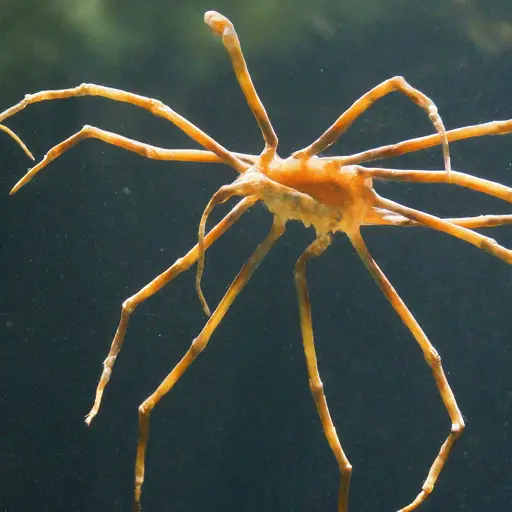
Sea spiders, despite their name, are not true spiders but are arthropods in the class Pycnogonida. They are detritivores that play an essential role in marine ecosystems, primarily feeding on soft-bodied invertebrates like anemones and sea pens. These unusual creatures are characterized by their long, thin legs, which can extend several times the length of their bodies. Their feeding process involves sucking fluids from their prey, effectively cleaning up dead or dying organisms and contributing to the recycling of organic material in the ocean.
Sea spiders are found in various marine habitats, from shallow coral reefs to the deep sea. Their distinctive morphology allows them to navigate complex environments and extract nutrients from a variety of sources. Despite their appearance, they are harmless to humans and perform a crucial role in maintaining the balance of marine ecosystems. By consuming detritus and small invertebrates, sea spiders help keep populations in check and support the natural cycling of organic matter.
6. Bristle Worm
Bristle worms, also known as polychaetes, are segmented worms that play a vital role as detritivores in marine ecosystems. These worms can be found in a range of habitats, from shallow intertidal zones to deep-sea environments. They derive their name from the bristle-like setae that cover their bodies, which help them move through sediment and gather organic matter. Bristle worms are known for their burrowing habits, which contribute to sediment aeration and nutrient cycling in marine environments.
As detritivores, bristle worms feed on dead organic matter, breaking it down and facilitating its recycling within the ecosystem. This feeding behavior helps to maintain sediment health and supports a diverse range of other organisms that depend on nutrient-rich sediments. Some bristle worms also play a role in bioturbation, the process of reworking sediments, which benefits benthic ecosystems by promoting biodiversity and providing habitats for other marine life. Overall, bristle worms are key contributors to the health and vitality of ocean ecosystems.
7. Bivalve
Bivalves are a class of mollusks that include clams, oysters, mussels, and scallops, known for their dual-hinged shells. As detritivores, they play a significant role in marine ecosystems by filtering organic matter from the water column. Bivalves feed by drawing in water and capturing suspended particles, including plankton and detritus, through specialized gills. This filtration process helps to maintain water clarity and quality in coastal and estuarine environments, making bivalves critical for ecosystem health.
Bivalves also contribute to the physical structure of marine habitats. Oyster reefs, for instance, create complex structures that provide shelter and breeding grounds for various marine species. Additionally, bivalves serve as an important food source for humans and other marine predators, highlighting their significance in both ecological and economic contexts. Through their detritivorous feeding behavior, bivalves play a vital role in maintaining the balance and productivity of coastal ecosystems.
8. Crinoid (Sea Lily)
Crinoids, commonly known as sea lilies, are echinoderms characterized by their feather-like arms and a central stalk that anchors them to the seafloor. They are detritivores that feed by capturing suspended particles from the water, using their feathery arms to filter out plankton and other organic matter. This feeding behavior makes them important contributors to nutrient cycling in deep-sea environments, where they are typically found. Crinoids can also detach from their stalks and move across the seafloor, allowing them to relocate in search of optimal feeding conditions.
Despite their delicate appearance, crinoids have a long evolutionary history, dating back hundreds of millions of years. They play a critical role in deep-sea ecosystems, providing habitat and feeding opportunities for other marine organisms. Crinoids also contribute to sediment stability by anchoring themselves to the substrate, which can help prevent erosion. Their unique combination of form and function makes them fascinating examples of marine life and underlines their importance as detritivores in deep-sea ecosystems.
9. Sea Pen
Sea pens are colonial marine invertebrates belonging to the class Anthozoa, closely related to corals and sea anemones. As detritivores, they play a role in marine ecosystems by filtering plankton and organic particles from the water. Sea pens have a central stalk, resembling a feather quill, from which smaller polyps extend to capture food. This structure allows them to filter a wide range of organic matter, contributing to nutrient cycling and supporting the overall health of marine ecosystems.
Sea pens are typically found in deeper waters, where they anchor themselves into the sediment. Their colonial nature means that they can form large fields or “meadows” on the seafloor, providing habitat for other marine species. These fields can also serve as nurseries for juvenile fish and invertebrates, highlighting the ecological importance of sea pens in maintaining marine biodiversity. By feeding on organic matter, sea pens play an essential role in sustaining the nutrient flow in their environments, helping to keep ocean ecosystems balanced.
10. Sea Sponge
Sea sponges are simple multicellular organisms that play a critical role as detritivores in marine ecosystems. They are filter feeders, drawing in seawater through specialized pores and extracting organic particles, bacteria, and other microorganisms for nourishment. This filtration process is crucial for maintaining water quality and clarity in oceanic environments. Sea sponges can be found in various habitats, from shallow coral reefs to deep-sea locations, and their diverse forms and colors make them an important component of marine biodiversity.
Sea sponges also contribute to the structure of marine ecosystems, providing habitats and shelter for numerous other organisms. Their porous bodies create a complex environment where fish, crustaceans, and other invertebrates can find refuge and food. Additionally, sea sponges have unique chemical properties, producing bioactive compounds that have potential applications in medicine and biotechnology. As detritivores, sea sponges help recycle organic matter and maintain the health of their ecosystems, while their structural and chemical contributions make them invaluable to the broader marine environment.
11. Lobster
Lobsters are marine crustaceans well-known for their large claws and hard shells. They play an important role as detritivores in ocean ecosystems, feeding on a variety of organic matter, including dead fish, mollusks, and plant material. This scavenging behavior helps to recycle nutrients and maintain the balance of marine ecosystems. Lobsters are generally found in rocky or sandy habitats where they can find shelter, often using their powerful claws to dig or rearrange their surroundings.
Aside from their ecological role, lobsters have significant economic importance as a valuable seafood resource. Their scavenging habits contribute to the overall health of their habitats, and they also serve as prey for larger predators like octopuses and certain fish species. The lobster’s role in nutrient cycling and its contribution to the marine food web make it a key player in coastal ecosystems.
12. Hermit Crab
Hermit crabs are unique crustaceans known for their habit of occupying discarded shells for protection. As detritivores, they play an important role in cleaning up ocean ecosystems by feeding on dead and decaying organic matter. Hermit crabs are found in a variety of marine environments, from intertidal zones to deeper waters, and their scavenging behavior helps to maintain the health of these habitats. They often form symbiotic relationships with other marine species, like sea anemones, which attach to their borrowed shells for additional protection.
Hermit crabs are adaptable and resourceful, switching shells as they grow and sometimes competing for the best shells with other hermit crabs. This behavior is not only fascinating to observe but also crucial for their survival. Hermit crabs contribute to nutrient recycling in marine ecosystems by breaking down organic matter and reducing waste. Their presence helps to keep coastal and marine environments clean and balanced.
13. Krill
Krill are small crustaceans that play a crucial role in marine food webs as both detritivores and a key food source for larger marine animals. These tiny, shrimp-like creatures feed on phytoplankton and other organic particles, thereby helping to recycle nutrients in the ocean. Krill are found in large swarms in polar and temperate regions, particularly in the Southern Ocean, where they form a significant part of the diet for whales, seals, and seabirds.
As detritivores, krill contribute to the nutrient cycle by consuming and breaking down organic matter. This process supports the productivity of ocean ecosystems and plays a key role in maintaining the health of the food web. Krill are also commercially important, as they are harvested for use in aquaculture, as fishing bait, and for krill oil supplements. Their ecological and economic significance underscores the importance of preserving krill populations to maintain the balance of marine ecosystems.
14. Sand Dollar
Sand dollars are echinoderms related to sea urchins and starfish, known for their flattened, disk-like shape. As detritivores, they play an essential role in marine ecosystems by feeding on organic particles and small organisms within the sediment. Sand dollars are typically found in sandy or muddy coastal areas, where they burrow into the sediment and help aerate the seafloor. This activity not only supports nutrient cycling but also contributes to the health of benthic ecosystems.
Sand dollars are popular with beachgoers for their unique appearance, but they are also important ecologically. By feeding on detritus and plankton, they contribute to the breakdown and recycling of organic matter. Sand dollars also serve as food for various marine predators, including fish and crabs, reinforcing their role in the marine food web. Their contribution to sediment turnover and nutrient recycling makes them a critical component of coastal ecosystems.
15. Barnacle
Barnacles are small crustaceans that attach themselves to hard surfaces like rocks, boats, and other marine organisms. As detritivores, they play a key role in marine ecosystems by filtering plankton and organic matter from the water. Barnacles use specialized appendages to capture and consume these particles, helping to maintain water quality and nutrient cycling. They are often found in intertidal zones and coastal areas, where they can form dense clusters on submerged surfaces.
While barnacles are sometimes considered a nuisance due to their tendency to grow on ships and marine infrastructure, they are ecologically significant. Their feeding activity supports the health of marine ecosystems, and they provide a stable substrate for other organisms, like sponges and algae, to colonize. Barnacles also serve as a food source for certain marine predators, further integrating them into the broader marine food web.
16. Flatworm
Flatworms, or platyhelminthes, are simple, soft-bodied invertebrates that play an important role as detritivores in marine ecosystems. They feed on dead and decaying organic matter, helping to break it down and recycle nutrients. Flatworms are found in various marine environments, from coral reefs to deep-sea habitats, and their diverse range of shapes and colors makes them a unique component of marine biodiversity. Their simple body structure allows them to glide over surfaces, feeding on detritus and small invertebrates.
Flatworms also play a role in controlling populations of other small marine organisms, contributing to the balance of ecosystems. Some flatworms are known to exhibit a form of regeneration, allowing them to regrow body parts that have been lost or damaged. This remarkable adaptation underlines their resilience in marine environments. By feeding on detritus and controlling other small organism populations, flatworms contribute to the stability and health of ocean ecosystems.
17. Horseshoe Crab
Horseshoe crabs are ancient marine arthropods known for their distinctive hard shells and long tails. As detritivores, they feed on dead and decaying organic matter found in coastal and marine environments. Horseshoe crabs are typically found in shallow waters and estuaries, where they play a critical role in nutrient recycling and sediment turnover. Their feeding activity helps to break down organic matter, supporting the health of benthic ecosystems and contributing to nutrient cycling.
Despite their primitive appearance, horseshoe crabs have a significant ecological and economic impact. They are important prey for various bird species, particularly during their spawning season, and their blue blood is used in medical testing for endotoxins. Horseshoe crabs also play a role in stabilizing coastal sediments by burrowing and foraging. Their unique combination of detritivorous feeding behavior and other ecological contributions makes them a vital part of coastal ecosystems.
*Summary
-
Lobster: Detritivores feeding on dead and decaying matter. Provide nutrient cycling and are key in coastal food webs. Commercially important.
-
Hermit Crab: Occupy discarded shells for protection. Scavenge on decaying organic matter, contributing to nutrient recycling.
-
Krill: Small crustaceans, significant in the food web as detritivores and a food source for larger marine animals. Critical in nutrient cycling.
-
Sand Dollar: Flattened echinoderms that feed on organic particles in sediment. Contribute to aeration and sediment health.
-
Barnacle: Small crustaceans that attach to hard surfaces. Filter feeders that contribute to water quality and support other organisms.
-
Flatworm: Simple invertebrates feeding on decaying organic matter. Important in nutrient cycling and controlling populations of other small organisms.
-
Horseshoe Crab: Ancient marine arthropods that feed on decaying organic matter. Play a role in nutrient cycling and are significant in coastal ecosystems.
| Organism | Role |
| Lobster |
Scavenger, contributes to nutrient cycling, and significant in marine food webs and commercial fisheries.
|
| Hermit Crab |
Occupies discarded shells; scavenges on decaying organic matter, aiding nutrient recycling.
|
| Krill |
Tiny crustaceans, key detritivores, and essential food source for larger marine animals.
|
| Sand Dollar |
Echinoderm feeding on organic particles in sediment; supports sediment health and nutrient cycling.
|
| Barnacle |
Small crustaceans attached to hard surfaces; filter feeders aiding water quality and supporting other organisms.
|
| Flatworm |
Soft-bodied invertebrates feeding on decaying matter; control other small organism populations.
|
| Horseshoe Crab |
Ancient marine arthropods; detritivores feeding on decaying matter; support coastal ecosystems.
|
